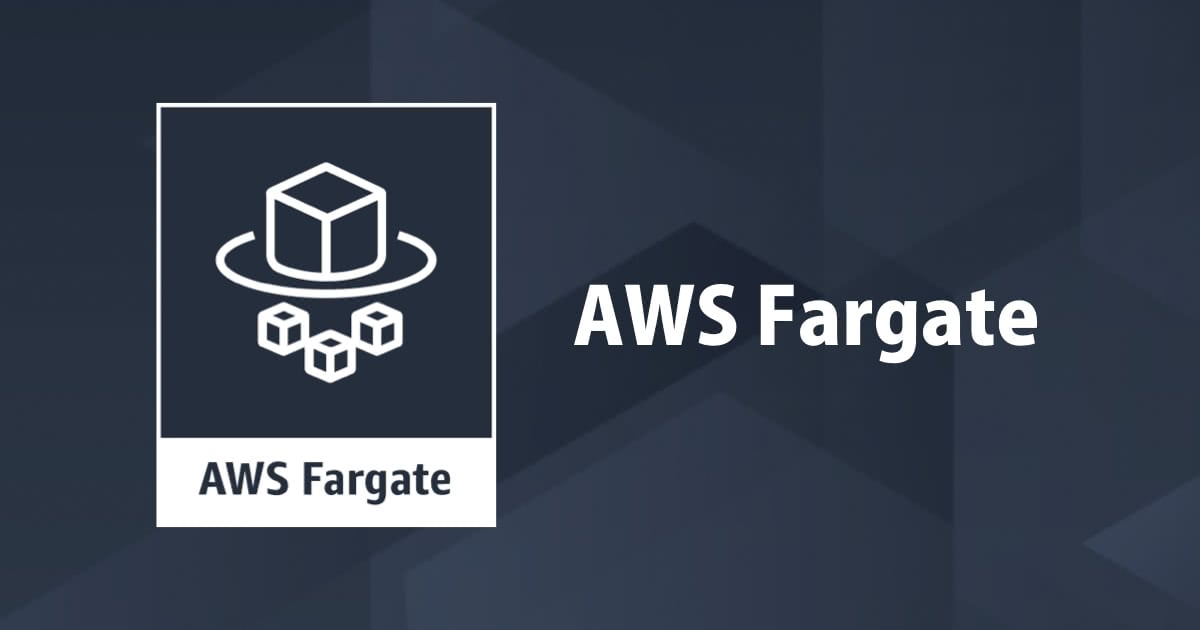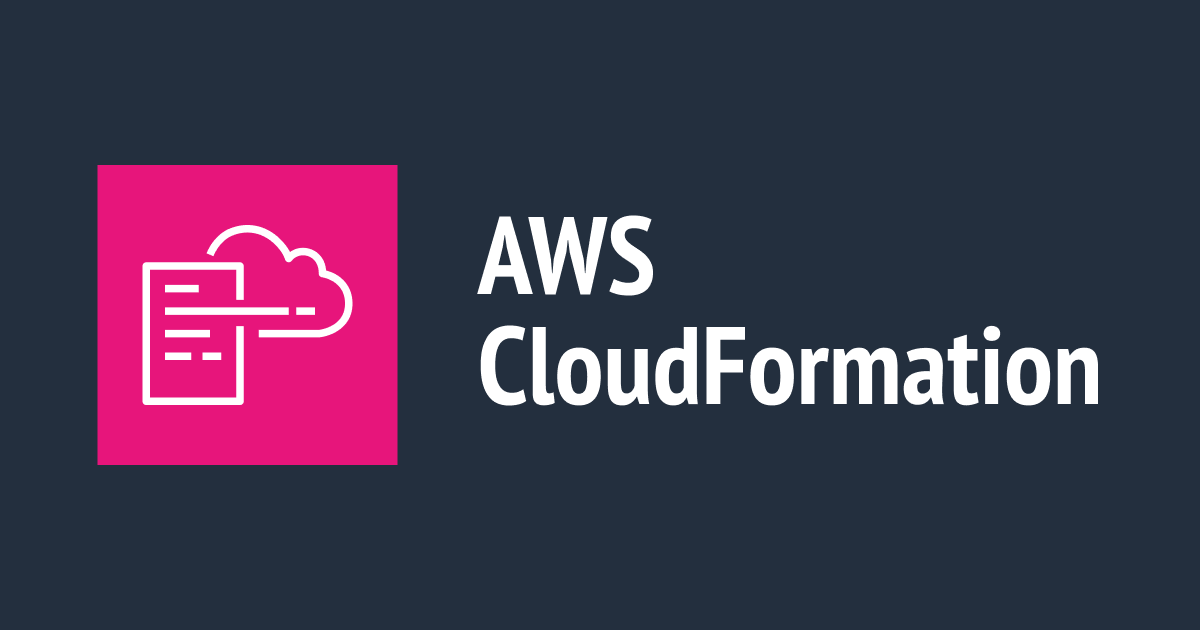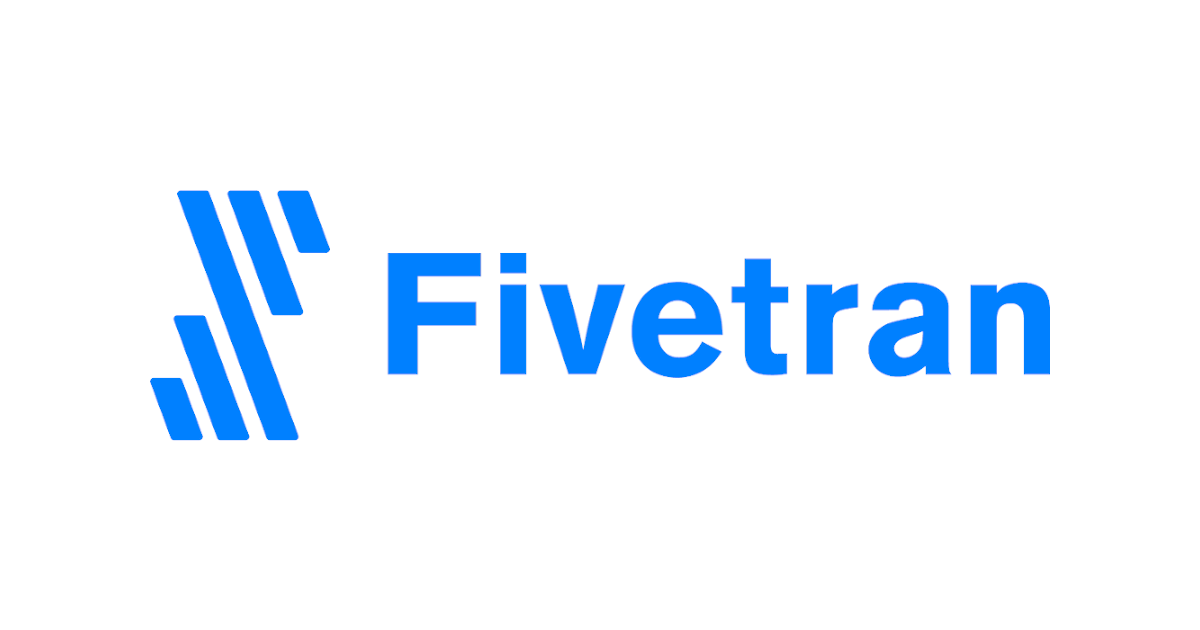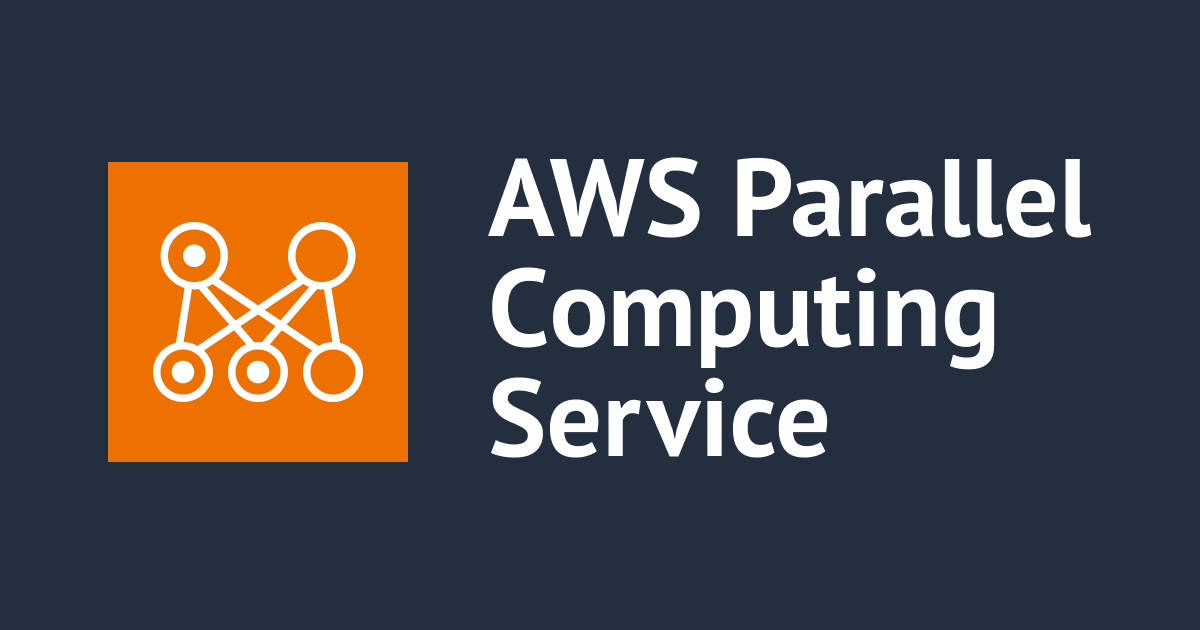
CloudformationでFargateを構築する
こんにちは、コカコーラ大好きカジです。
VPC構築済みの環境や、同じVPC内に複数のFargateを複数構築するときに使えるCloudformationテンプレートを作成してみました。 Fargateに関連するCloudwatch LogsやAuto Scalingの設定も含まれています。 また、自分が使いたいFargateのサンプルが見つからなかったので作成しました。 どなたかのお役に立てれば光栄です。
前提条件
- 利用予定のアカウントで、AWS CLIが利用可能
- VPC、ALB Security Group、ECS Task Security Groupが構築済み
- Fargateを配置するサブネットは、NATゲートウェイ等経由でインターネット通信可能であること
- ALBのログ保存用S3バケットが構築済み
S3バケットが無い場合はこちらのブロクを元に作成してください。
構成図

Dockerfile準備と、ECRの作成
動作確認ができるよう、ECRの作成から記載します。理解している人はスキップしてください。 別アカウントのリポジトリからの取得も想定し、ECRの作成と、Fargateの作成のCloudformationを分離しています。 (ここら辺は個人的な趣味もあり、テンプレートを分割しています。)
まず、テスト用のDockerイメージを構築するためDockerfileを用意します。
$ cat Dockerfile FROM nginx:alpine
以下のCloudformationテンプレートを使ってCreate StackしてECRを構築します。
AWSTemplateFormatVersion: '2010-09-09'
Description: Create ECR
Parameters:
ProjectName:
Default: kaji-test
Type: String
Resources:
ECR:
Type: AWS::ECR::Repository
Properties:
RepositoryName: !Sub ${ProjectName}-ecr
作成したECRで、以下のところをクリックして表示される、Dockerイメージの構築と、Pushを行います。


さきほどのDockerfileのあるところで、実行します。 $(aws ecr get-login --no-include-email --region ap-northeast-1) docker build -t <ECRのプロジェクト名 例:kaji-test-ecr> . docker tag <ECRのプロジェクト名 例:kaji-test-ecr>:latest xxxxxxxxxxxx.dkr.ecr.ap-northeast-1.amazonaws.com/<ECRのプロジェクト名 例:kaji-test-ecr>:latest docker push xxxxxxxxxxxx.dkr.ecr.ap-northeast-1.amazonaws.com/<ECRのプロジェクト名 例:kaji-test-ecr>:latest
Pushし終わったら、Fargete作成時に必要なImage URLをコピーアンドメーストしてメモしておきます。

Fargateの構築
文末のCloudformationテンプレートでCreate Stackしてください。 Crate Stack時に、VPC、Subnet、Security Groupを指定するようにしています。そのほかはそのままでOKです。

途中、ECS用のIAM Roleや、Auto ScalingのIAM Roleを作成するためIAMの許可にチェックを入れます。

Create Stackが正常に終わると以下のようになります。正常にできない場合は、ネットワーク構成や指定しているVPC、サブネットに誤りがないか確認しましょう。

ALBのDNS名で外部からアクセスすると、以下のようにnginxが表示されます。

Cloudformationテンプレート
sample-fargate.yaml
AWSTemplateFormatVersion: "2010-09-09"
Description:
Fargate and ALB Create
Metadata:
"AWS::CloudFormation::Interface":
ParameterGroups:
- Label:
default: "Project Name Prefix"
Parameters:
- ProjectName
- Label:
default: "InternetALB Configuration"
Parameters:
- InternetALBName
- TargetGroupName
- Label:
default: "Fargate for ECS Configuration"
Parameters:
- ECSClusterName
- ECSTaskName
- ECSTaskCPUUnit
- ECSTaskMemory
- ECSContainerName
- ECSImageName
- ECSServiceName
- ECSTaskDesiredCount
- Label:
default: "Netowork Configuration"
Parameters:
- VpcId
- ALBSecurityGroupId
- ALBSubnetId1
- ALBSubnetId2
- ECSSecurityGroupId
- ECSSubnetId1
- ECSSubnetId2
- Label:
default: "Scaling Configuration"
Parameters:
- ServiceScaleEvaluationPeriods
- ServiceCpuScaleOutThreshold
- ServiceCpuScaleInThreshold
- TaskMinContainerCount
- TaskMaxContainerCount
ParameterLabels:
InternetALBName:
default: "InternetALBName"
TargetGroupName:
default: "TargetGroupName"
ECSClusterName:
default: "ECSClusterName"
ECSTaskName:
default: "ECSTaskName"
ECSTaskCPUUnit:
default: "ECSTaskCPUUnit"
ECSTaskMemory:
default: "ECSTaskMemory"
ECSContainerName:
default: "ECSContainerName"
ECSImageName:
default: "ECSImageName"
ECSServiceName:
default: "ECSServiceName"
ECSTaskDesiredCount:
default: "ECSTaskDesiredCount"
# ------------------------------------------------------------#
# Input Parameters
# ------------------------------------------------------------#
Parameters:
ProjectName:
Default: kaji-test
Type: String
#VPCID
VpcId:
Description : "VPC ID"
Type: AWS::EC2::VPC::Id
#ALBSecurity Group
ALBSecurityGroupId:
Type: AWS::EC2::SecurityGroup::Id
#ALBSubnet1
ALBSubnetId1:
Description : "ALB Subnet 1st"
Type : AWS::EC2::Subnet::Id
#ALBSubnet2
ALBSubnetId2:
Description : "ALB Subnet 2st"
Type : AWS::EC2::Subnet::Id
#ECSSecurity Group
ECSSecurityGroupId:
Type: AWS::EC2::SecurityGroup::Id
#ECSSubnet1
ECSSubnetId1:
Description : "ECS Subnet 1st"
Type : AWS::EC2::Subnet::Id
#ECSSubnet2
ECSSubnetId2:
Description : "ECS Subnet 2st"
Type : AWS::EC2::Subnet::Id
#InternetALB
InternetALBName:
Type: String
Default: "alb"
#TargetGroupName
TargetGroupName:
Type: String
Default: "tg"
#ECSClusterName
ECSClusterName:
Type: String
Default: "cluster"
#ECSTaskName
ECSTaskName:
Type: String
Default: "task"
#ECSTaskCPUUnit
ECSTaskCPUUnit:
AllowedValues: [ 256, 512, 1024, 2048, 4096 ]
Type: String
Default: "256"
#ECSTaskMemory
ECSTaskMemory:
AllowedValues: [ 256, 512, 1024, 2048, 4096 ]
Type: String
Default: "512"
#ECSContainerName
ECSContainerName:
Type: String
Default: "container"
#ECSImageName
ECSImageName:
Type: String
Default: "xxxxxxxxxxxx.dkr.ecr.ap-northeast-1.amazonaws.com/kaji-test-ecr:latest"
#ECSServiceName
ECSServiceName:
Type: String
Default: "service"
#ECSTaskDesiredCount
ECSTaskDesiredCount:
Type: Number
Default: 1
# Scaling params
ServiceScaleEvaluationPeriods:
Description: The number of periods over which data is compared to the specified threshold
Type: Number
Default: 2
MinValue: 2
ServiceCpuScaleOutThreshold:
Type: Number
Description: Average CPU value to trigger auto scaling out
Default: 50
MinValue: 0
MaxValue: 100
ConstraintDescription: Value must be between 0 and 100
ServiceCpuScaleInThreshold:
Type: Number
Description: Average CPU value to trigger auto scaling in
Default: 25
MinValue: 0
MaxValue: 100
ConstraintDescription: Value must be between 0 and 100
TaskMinContainerCount:
Type: Number
Description: Minimum number of containers to run for the service
Default: 1
MinValue: 1
ConstraintDescription: Value must be at least one
TaskMaxContainerCount:
Type: Number
Description: Maximum number of containers to run for the service when auto scaling out
Default: 2
MinValue: 1
ConstraintDescription: Value must be at least one
Resources:
# ------------------------------------------------------------#
# Target Group
# ------------------------------------------------------------#
TargetGroup:
Type: "AWS::ElasticLoadBalancingV2::TargetGroup"
Properties:
VpcId: !Ref VpcId
Name: !Sub "${ProjectName}-${TargetGroupName}"
Protocol: HTTP
Port: 80
TargetType: ip
# ------------------------------------------------------------#
# Internet ALB
# ------------------------------------------------------------#
InternetALB:
Type: "AWS::ElasticLoadBalancingV2::LoadBalancer"
Properties:
Name: !Sub "${ProjectName}-${InternetALBName}"
Tags:
- Key: Name
Value: !Sub "${ProjectName}-${InternetALBName}"
Scheme: "internet-facing"
LoadBalancerAttributes:
- Key: "deletion_protection.enabled"
Value: false
- Key: "idle_timeout.timeout_seconds"
Value: 60
- Key: "access_logs.s3.enabled"
Value: true
- Key: "access_logs.s3.bucket"
Value: !Sub "alb-log-${AWS::AccountId}"
SecurityGroups:
- !Ref ALBSecurityGroupId
Subnets:
- !Ref ALBSubnetId1
- !Ref ALBSubnetId2
ALBListener:
Type: "AWS::ElasticLoadBalancingV2::Listener"
Properties:
DefaultActions:
- TargetGroupArn: !Ref TargetGroup
Type: forward
LoadBalancerArn: !Ref InternetALB
Port: 80
Protocol: HTTP
# ------------------------------------------------------------#
# ECS Cluster
# ------------------------------------------------------------#
ECSCluster:
Type: "AWS::ECS::Cluster"
Properties:
ClusterName: !Sub "${ProjectName}-${ECSClusterName}"
# ------------------------------------------------------------#
# ECS LogGroup
# ------------------------------------------------------------#
ECSLogGroup:
Type: "AWS::Logs::LogGroup"
Properties:
LogGroupName: !Sub "/ecs/logs/${ProjectName}-ecs-group"
# ------------------------------------------------------------#
# ECS Task Execution Role
# ------------------------------------------------------------#
ECSTaskExecutionRole:
Type: AWS::IAM::Role
Properties:
RoleName: !Sub "${ProjectName}-ECSTaskExecutionRolePolicy"
Path: /
AssumeRolePolicyDocument:
Version: 2012-10-17
Statement:
- Effect: Allow
Principal:
Service: ecs-tasks.amazonaws.com
Action: sts:AssumeRole
ManagedPolicyArns:
- arn:aws:iam::aws:policy/service-role/AmazonECSTaskExecutionRolePolicy
# ------------------------------------------------------------#
# ECS TaskDefinition
# ------------------------------------------------------------#
ECSTaskDefinition:
Type: "AWS::ECS::TaskDefinition"
Properties:
Cpu: !Ref ECSTaskCPUUnit
ExecutionRoleArn: !Ref ECSTaskExecutionRole
Family: !Sub "${ProjectName}-${ECSTaskName}"
Memory: !Ref ECSTaskMemory
NetworkMode: awsvpc
RequiresCompatibilities:
- FARGATE
#ContainerDefinitions
ContainerDefinitions:
- Name: !Sub "${ProjectName}-${ECSContainerName}"
Image: !Ref ECSImageName
LogConfiguration:
LogDriver: awslogs
Options:
awslogs-group: !Ref ECSLogGroup
awslogs-region: !Ref "AWS::Region"
awslogs-stream-prefix: !Ref ProjectName
MemoryReservation: 128
PortMappings:
- HostPort: 80
Protocol: tcp
ContainerPort: 80
# ------------------------------------------------------------#
# ECS Service
# ------------------------------------------------------------#
ECSService:
Type: AWS::ECS::Service
DependsOn: ALBListener
Properties:
Cluster: !Ref ECSCluster
DesiredCount: !Ref ECSTaskDesiredCount
LaunchType: FARGATE
LoadBalancers:
-
TargetGroupArn: !Ref TargetGroup
ContainerPort: 80
ContainerName: !Sub "${ProjectName}-${ECSContainerName}"
NetworkConfiguration:
AwsvpcConfiguration:
AssignPublicIp: ENABLED
SecurityGroups:
- !Ref ECSSecurityGroupId
Subnets:
- !Ref ECSSubnetId1
- !Ref ECSSubnetId2
ServiceName: !Sub "${ProjectName}-${ECSServiceName}"
TaskDefinition: !Ref ECSTaskDefinition
# ------------------------------------------------------------#
# Auto Scaling Service
# ------------------------------------------------------------#
ServiceAutoScalingRole:
Type: AWS::IAM::Role
Properties:
AssumeRolePolicyDocument:
Statement:
- Effect: Allow
Principal:
Service: application-autoscaling.amazonaws.com
Action: sts:AssumeRole
Path: /
Policies:
- PolicyName: !Sub "${ProjectName}-${ECSContainerName}-autoscaling"
PolicyDocument:
Statement:
- Effect: Allow
Action:
- application-autoscaling:*
- cloudwatch:DescribeAlarms
- cloudwatch:PutMetricAlarm
- ecs:DescribeServices
- ecs:UpdateService
Resource: '*'
ServiceScalingTarget:
Type: AWS::ApplicationAutoScaling::ScalableTarget
Properties:
MinCapacity: !Ref TaskMinContainerCount
MaxCapacity: !Ref TaskMaxContainerCount
ResourceId: !Sub
- service/${EcsClusterName}/${EcsDefaultServiceName}
- EcsClusterName: !Ref ECSCluster
EcsDefaultServiceName: !Sub "${ProjectName}-${ECSServiceName}"
RoleARN: !GetAtt ServiceAutoScalingRole.Arn
ScalableDimension: ecs:service:DesiredCount
ServiceNamespace: ecs
DependsOn:
- ECSService
- ServiceAutoScalingRole
ServiceScaleOutPolicy:
Type: AWS::ApplicationAutoScaling::ScalingPolicy
Properties:
PolicyName: !Sub "${ProjectName}-${ECSServiceName}-ScaleOutPolicy"
PolicyType: StepScaling
ScalingTargetId: !Ref ServiceScalingTarget
StepScalingPolicyConfiguration:
AdjustmentType: ChangeInCapacity
Cooldown: 60
MetricAggregationType: Average
StepAdjustments:
- ScalingAdjustment: 1
MetricIntervalLowerBound: 0
DependsOn: ServiceScalingTarget
ServiceScaleInPolicy:
Type: AWS::ApplicationAutoScaling::ScalingPolicy
Properties:
PolicyName: !Sub "${ProjectName}-${ECSServiceName}-ScaleInPolicy"
PolicyType: StepScaling
ScalingTargetId: !Ref ServiceScalingTarget
StepScalingPolicyConfiguration:
AdjustmentType: ChangeInCapacity
Cooldown: 60
MetricAggregationType: Average
StepAdjustments:
- ScalingAdjustment: -1
MetricIntervalUpperBound: 0
DependsOn: ServiceScalingTarget
ServiceScaleOutAlarm:
Type: AWS::CloudWatch::Alarm
Properties:
AlarmName: !Sub "${ProjectName}-${ECSServiceName}-ScaleOutAlarm"
EvaluationPeriods: !Ref ServiceScaleEvaluationPeriods
Statistic: Average
TreatMissingData: notBreaching
Threshold: !Ref ServiceCpuScaleOutThreshold
AlarmDescription: Alarm to add capacity if CPU is high
Period: 60
AlarmActions:
- !Ref ServiceScaleOutPolicy
Namespace: AWS/ECS
Dimensions:
- Name: ClusterName
Value: !Ref ECSCluster
- Name: ServiceName
Value: !Sub "${ProjectName}-${ECSServiceName}"
ComparisonOperator: GreaterThanThreshold
MetricName: CPUUtilization
DependsOn:
- ECSService
- ServiceScaleOutPolicy
ServiceScaleInAlarm:
Type: AWS::CloudWatch::Alarm
Properties:
AlarmName: !Sub "${ProjectName}-${ECSServiceName}-ScaleInAlarm"
EvaluationPeriods: !Ref ServiceScaleEvaluationPeriods
Statistic: Average
TreatMissingData: notBreaching
Threshold: !Ref ServiceCpuScaleInThreshold
AlarmDescription: Alarm to reduce capacity if container CPU is low
Period: 300
AlarmActions:
- !Ref ServiceScaleInPolicy
Namespace: AWS/ECS
Dimensions:
- Name: ClusterName
Value: !Ref ECSCluster
- Name: ServiceName
Value: !Sub "${ProjectName}-${ECSServiceName}"
ComparisonOperator: LessThanThreshold
MetricName: CPUUtilization
DependsOn:
- ECSService
- ServiceScaleInPolicy
参考元
以下の2つのブログを参考にさせていただきました。
CloudFormationを使ってAWS Fargateの環境を構築する
Github aws-samples/startup-kit-templates/templates/fargate.cfn.yml







